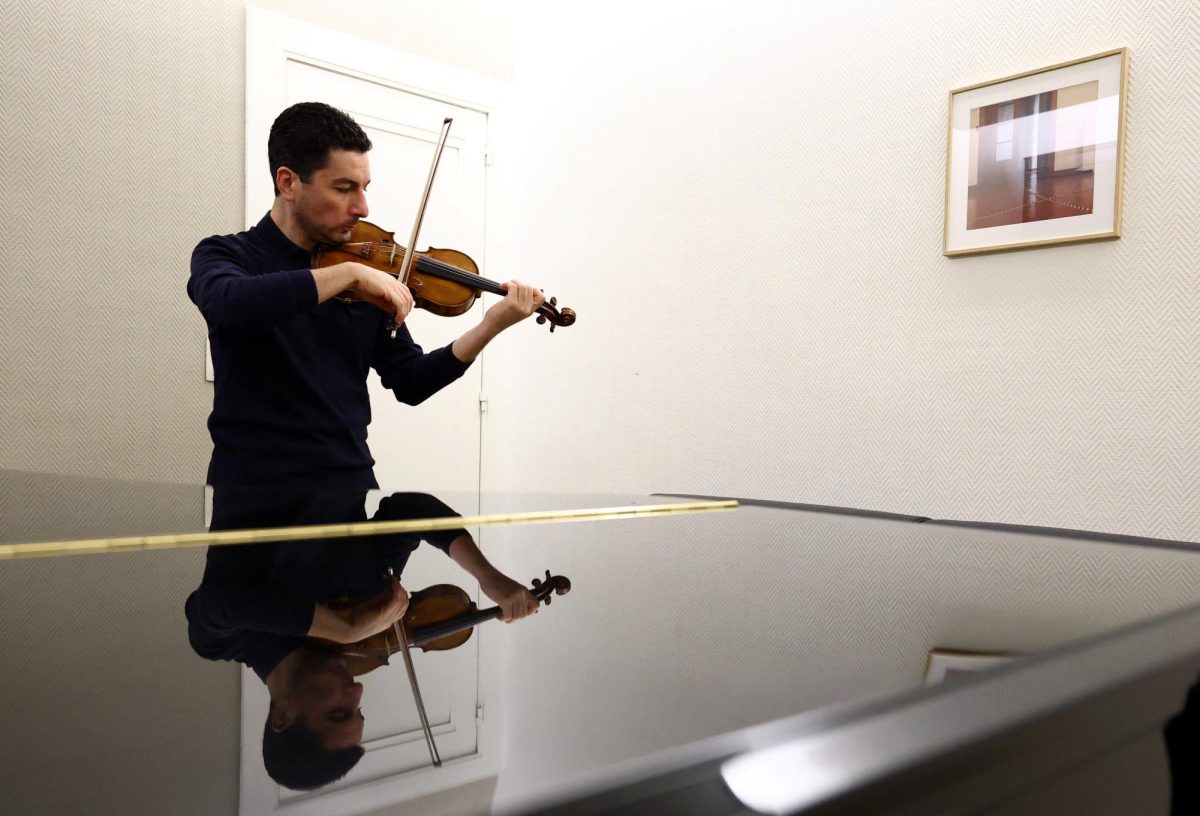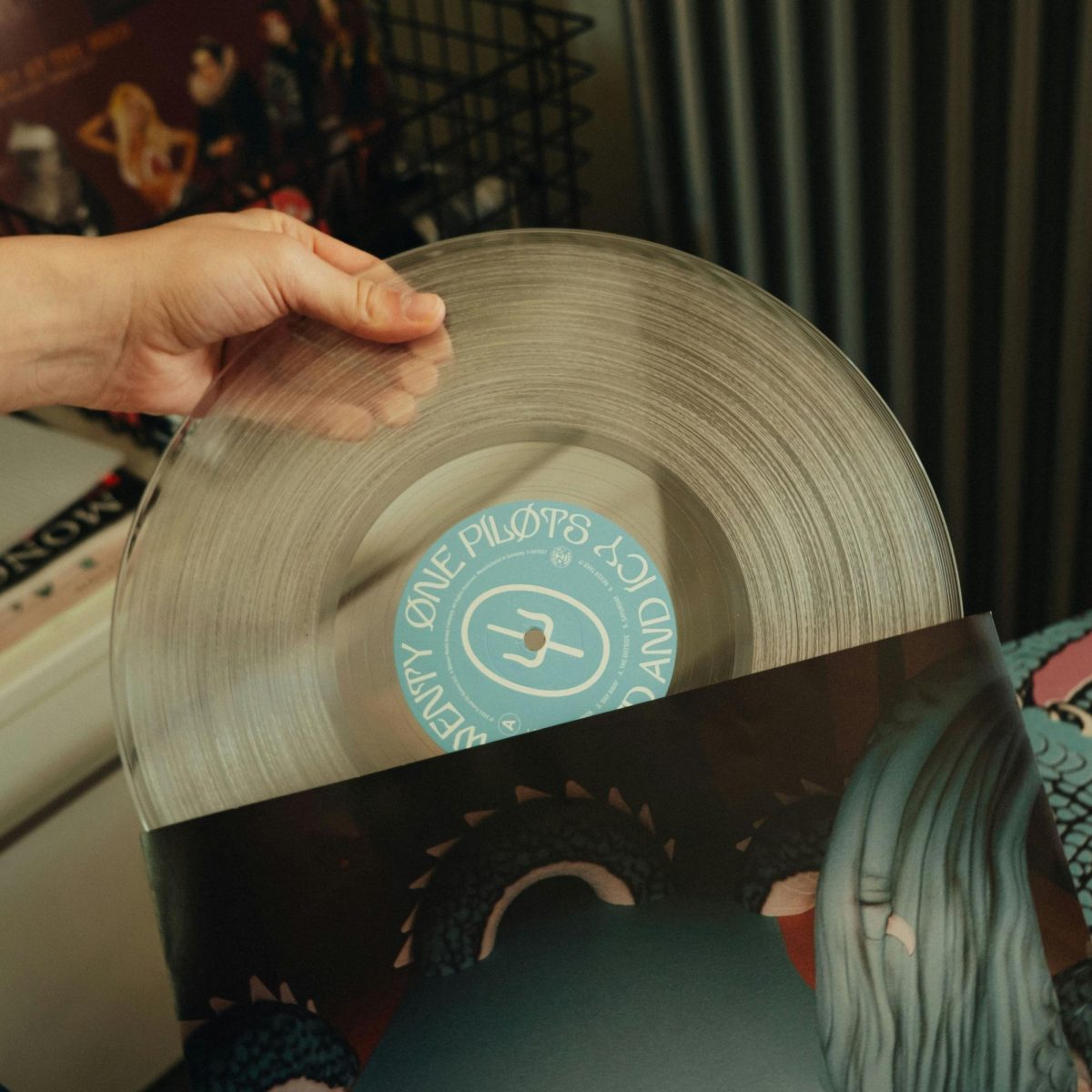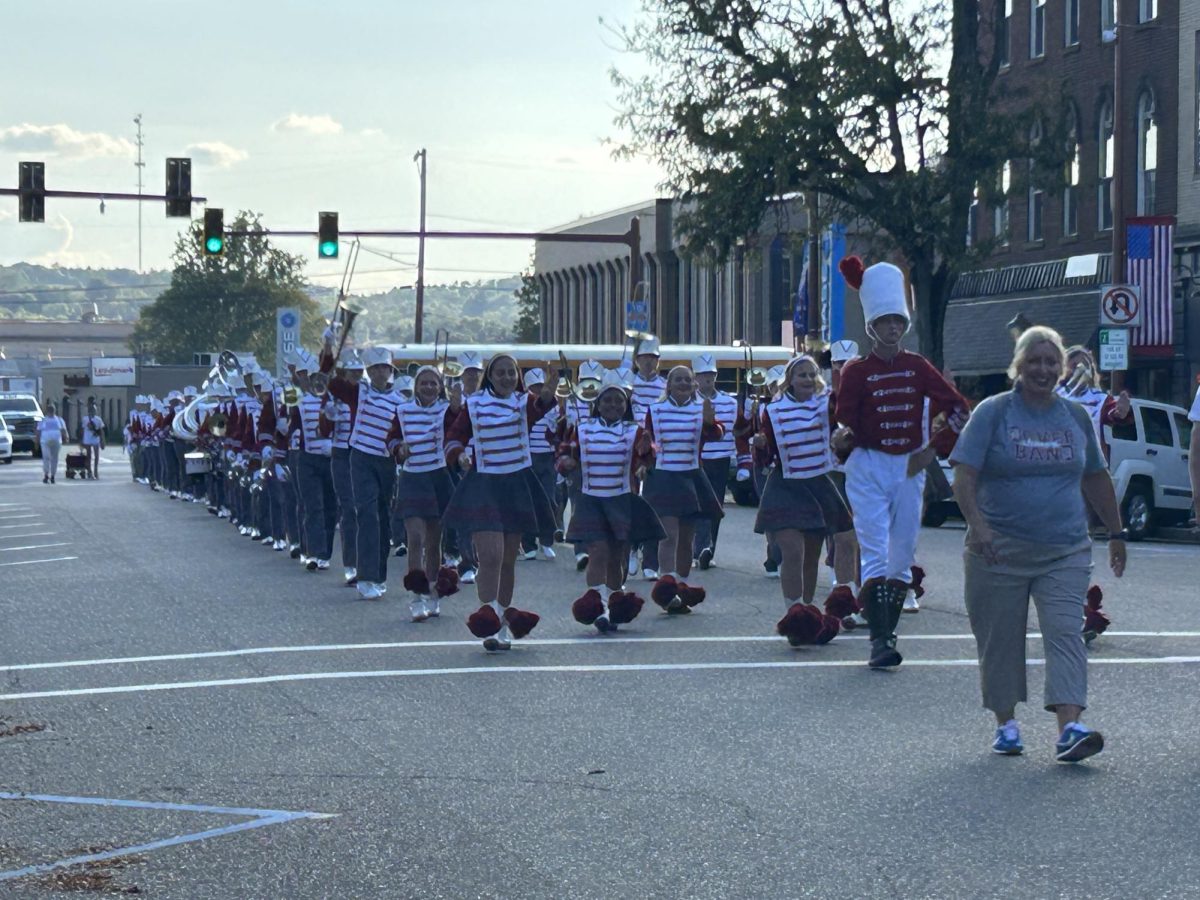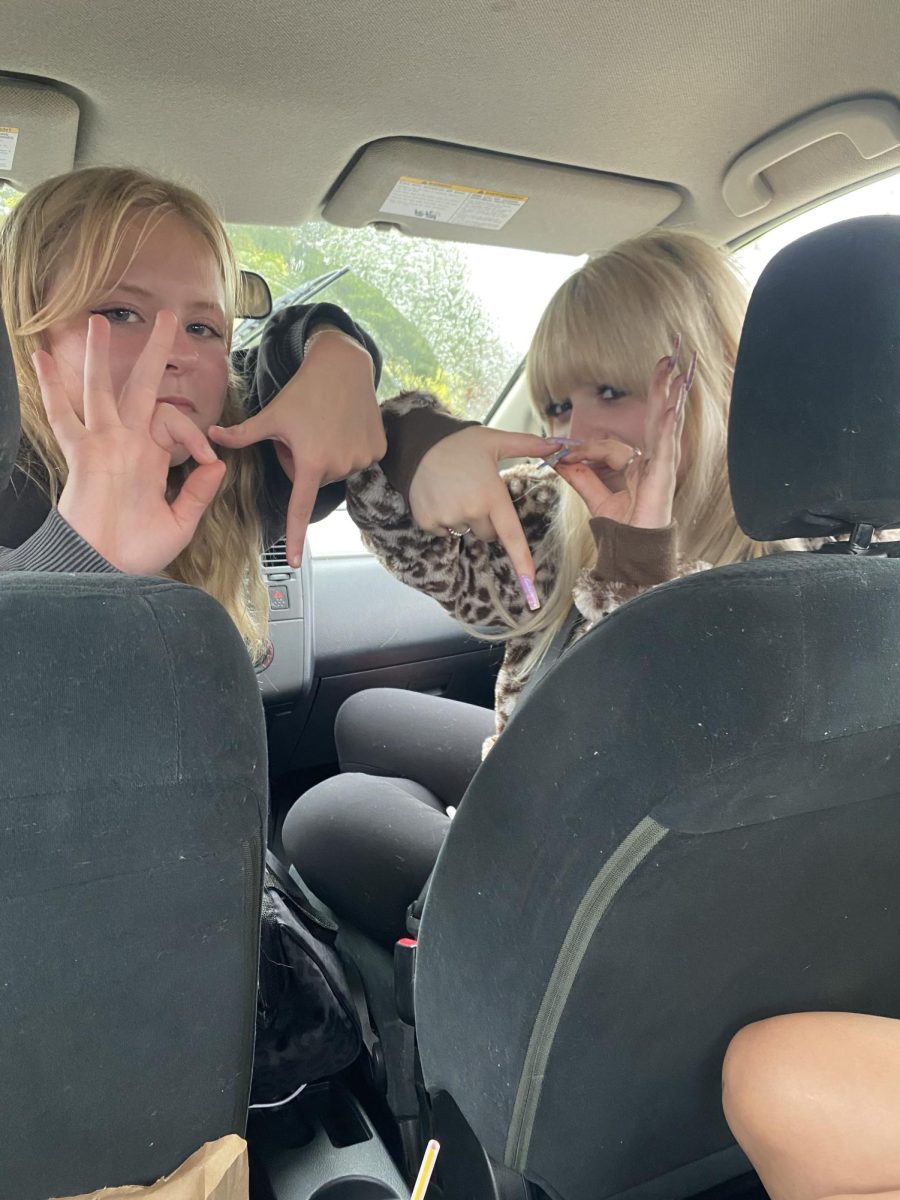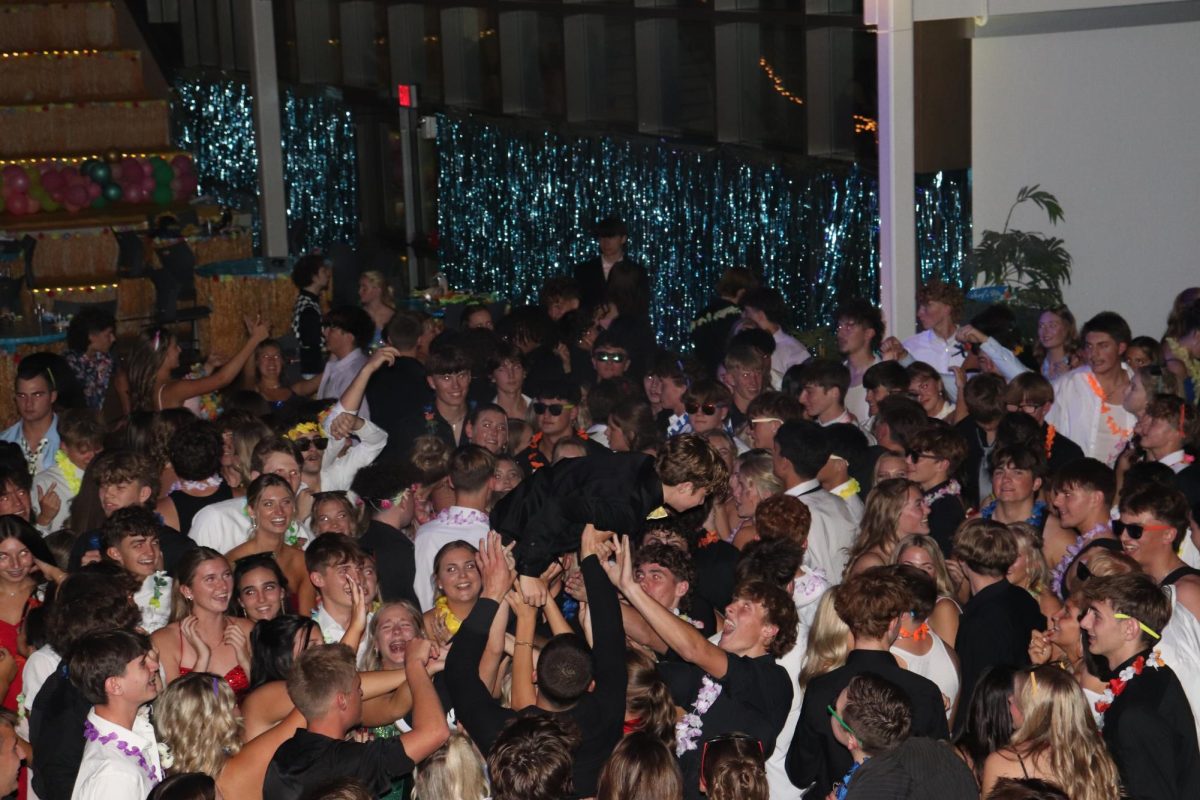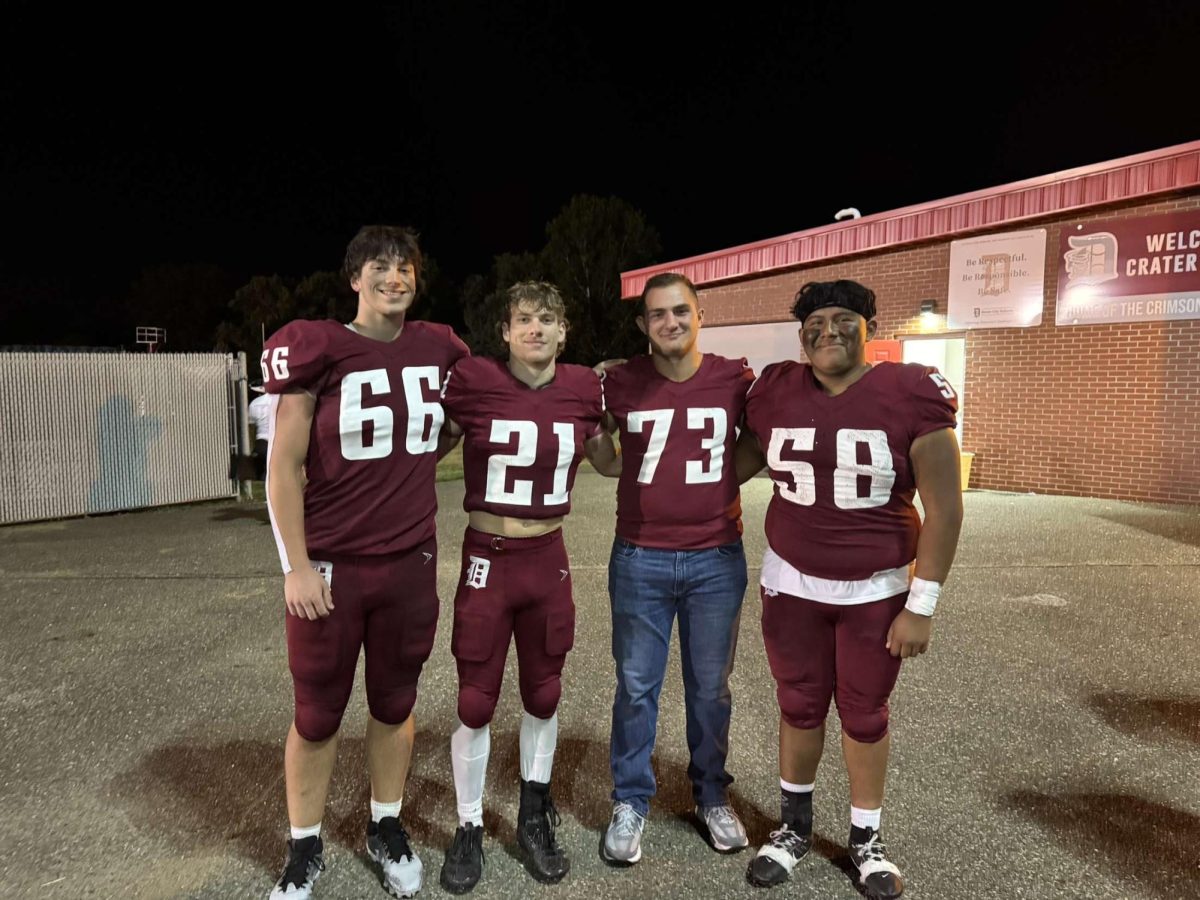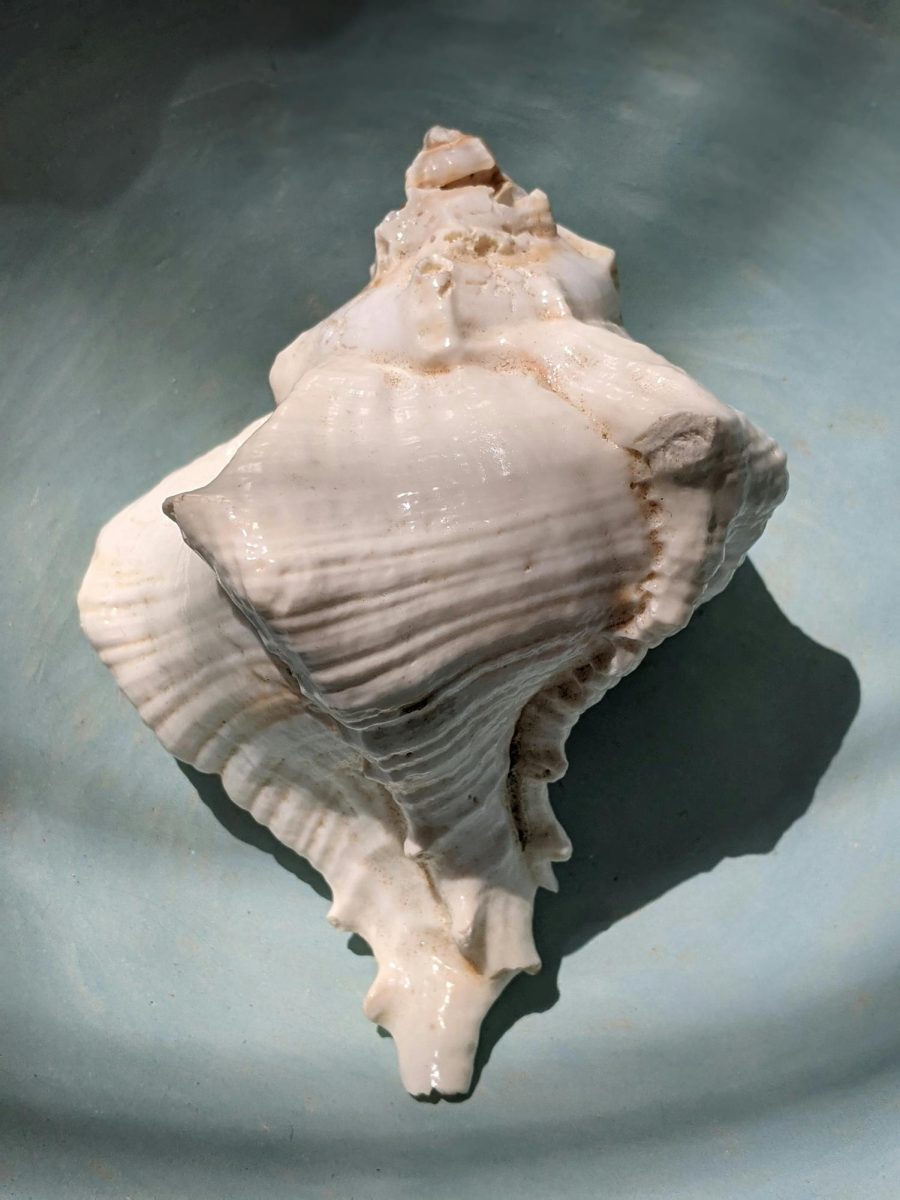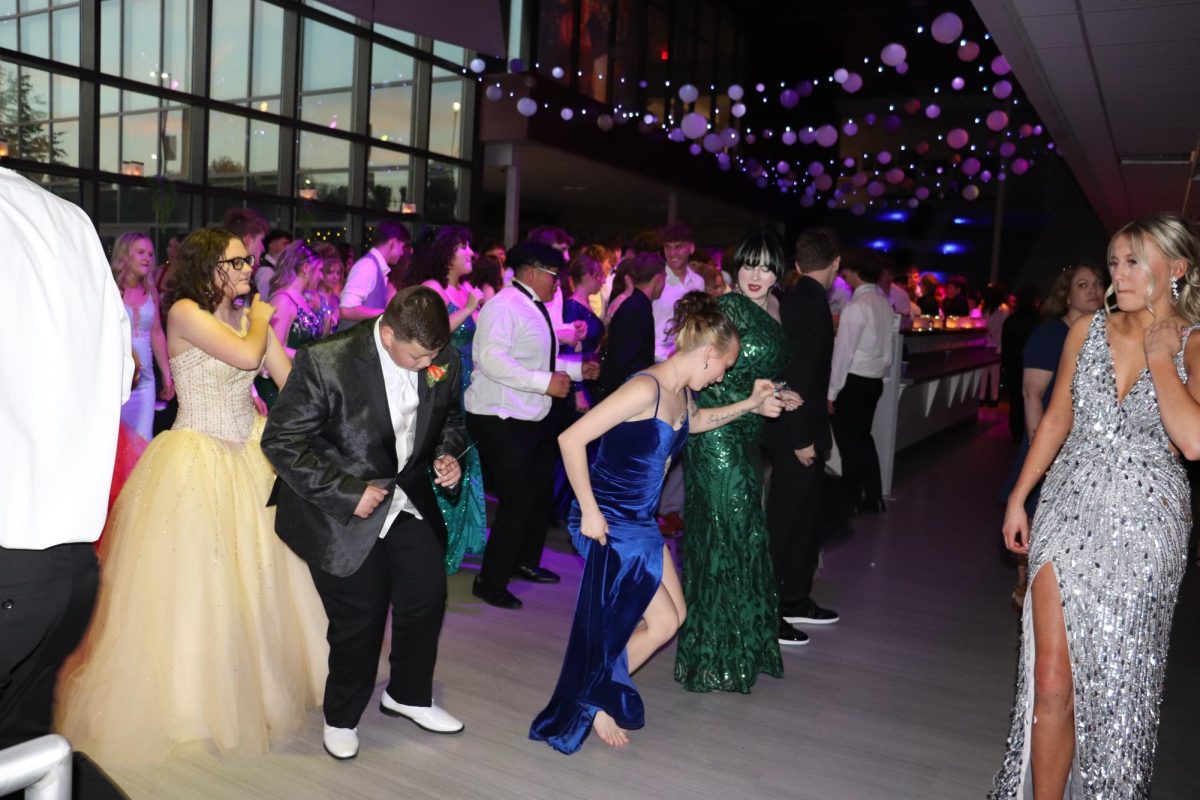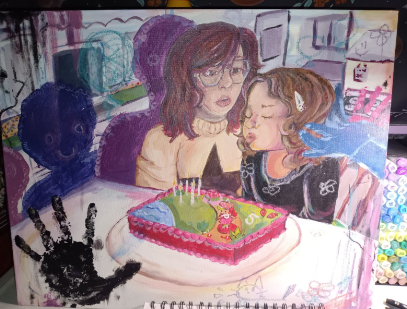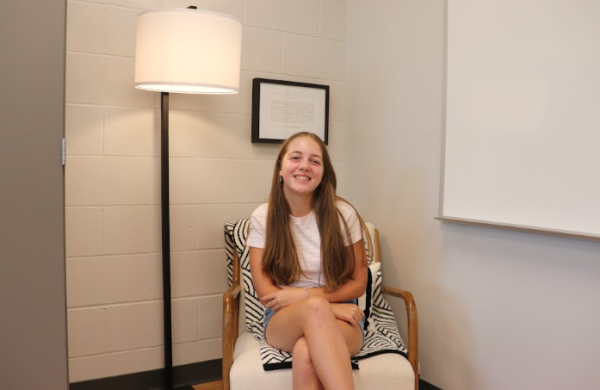Holly Jackson’s New York Times Best Selling novel, A Good Girl’s Guide to Murder, has sold millions of copies since its release in 2019. In the years following its publication, Jackson has written three more editions to the story, including a prequel. Which, for a debut novel, is pretty impressive.
Considering the book’s success and popularity amongst readers, it was no surprise when Netflix announced the release of a six-episode screen adaptation of A Good Girl’s Guide to Murder, starring Emma Myers. Both the series and book revolve around our main character, Pippa Fitz-Amobi. When it comes time for Pippa to work on her senior capstone project, she decides to look into the local disappearance of Andie Bell. According to the police, Andie was murdered by her boyfriend, Sal Singh, who died shortly after she disappeared. Pip doesn’t exactly agree with the police on their findings and conclusion, so she decides to do some research herself. From there, readers and viewers alike get to follow Pippa throughout her investigation.
As a big fan of the A Good Girl’s Guide To Murder books, I was very excited to learn that I could now watch the story come to life on screen. Of course, I had my expectations for the series and knew that not everything would be exactly the same as the book, but there were a few differences that I simply couldn’t overlook.
Pippa isn’t nearly as clever.
To begin, in the show, Pip is not as smart when it comes to solving the case as she was in the book. Throughout the first book in the series, readers get to see Pippa during every stage of her investigation. Because of this, it’s easily noted that she’s incredibly clever when it comes to interviews and piecing together evidence. In the show, however, it almost seems like Pip is being spoon-fed information. Pip’s intelligence is one of the qualities that makes her very easy to like, and taking that away from her makes it more difficult for viewers to really appreciate her as a character.
Nat da Silva
Second, in the Netflix adaptation, Nat da Silva is introduced as one of Andie’s friends. Pippa’s interview with Nat is one of the first of her investigation, while in the book, Pip doesn’t learn about her until later on in her research. Not to mention that in the novel, Nat da Silva is said to have been bullied by Andie Bell, making the change pretty odd. While the difference didn’t really have too much of a change on the plot overall, it definitely stood out to me as I watched it all unfold on screen.
The Setting
Next, in the books, it is said that the story takes place in Fairview, Connecticut. However, on screen, we see that the story is taking place in Little Kilton, a quaint town in England. When viewers first meet Pippa, she has a British accent, which can be a little off-putting to those who had originally read the books. Since the trilogy is set in the US, some of the vocabulary and events differ from what was shown in the Netflix adaptation. To some people, this change has a major effect on the storyline all together, but to others, it is only a minor deviation from the original narrative.
Stanley Forbes?
Finally, one major difference that I had noticed was the disappearance of Stanley Forbes. In the book, Stanley is a journalist who had originally covered Andie’s case and strongly believed that Sal was guilty. In the series, however, there is absolutely no mention of Stanley Forbes by any means. I found this strange because a good bit of the second book focuses on Stanley, and if Netflix plans on putting out more seasons, I would guess that they would be based on the second and third books. Out of all of the differences between the text and the show, this is for sure the biggest one.
_________
Overall, A Good Girl’s Guide to Murder has been a huge success both on screen and in bookstores. Holly Jackson’s writing is incredibly intriguing and keeps readers turning pages through all of her novels. Netflix did a great job putting the story on screen, gaining appreciation from both those who read Jackson’s writing and those who simply found the show while looking for something to binge-watch. The six-part series captures all the major plot points in two-and-a-half hours, which is a great option for those who struggle to sit down with a book. But if you ask me?
The book is always better.


